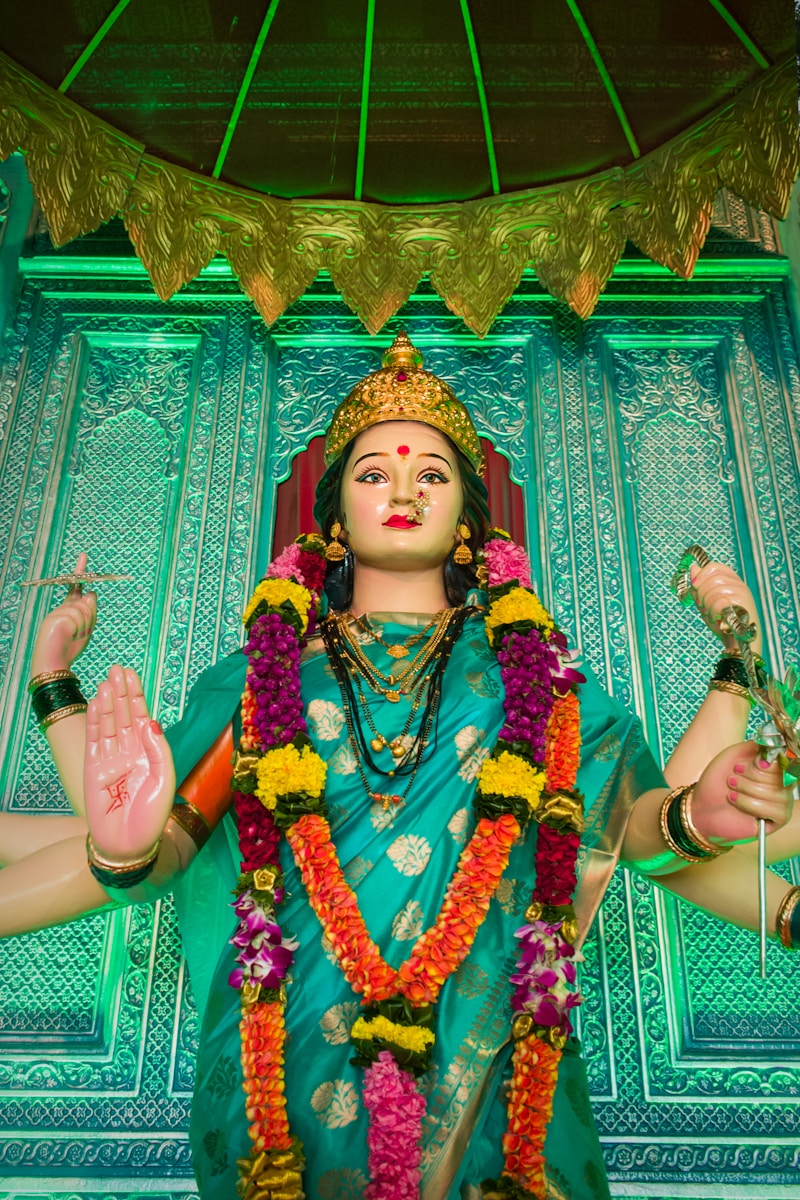Embracing Cultural Diversity in Weddings: A Beautiful Tapestry of Traditions
Understanding the Importance of Cultural Diversity in Weddings
Weddings are one of the most significant events in a person’s life, serving as a celebration of love, unity, and cultural heritage. In today’s globalized world, the importance of embracing cultural diversity in weddings has gained remarkable significance. Not only does it enrich the ceremony, but it also fosters respect and understanding among different cultures. Let’s explore how incorporating diverse traditions into weddings creates a rich tapestry of celebration.
The Global Perspective on Weddings
Weddings vary significantly from culture to culture. For instance, in Western cultures, weddings often include rituals such as the exchange of vows, the first dance, and the cutting of the cake. In contrast, traditional Indian weddings are lavish affairs filled with vibrant colors, intricate rituals, and multi-day celebrations. Embracing cultural diversity in weddings ensures that couples can incorporate meaningful rituals from various traditions, creating a unique experience.
Why Embrace Cultural Diversity in Weddings?
In a multicultural world, embracing diversity in weddings holds numerous benefits. Here are some key reasons:
- Unity in Diversity: A diverse wedding brings people from different backgrounds together, fostering unity. It symbolizes how love transcends cultural boundaries.
- Rich Experiences: By integrating various traditions, weddings become richer and more meaningful experiences for all attendees.
- Preserving Traditions: Incorporating diverse customs helps to preserve them, passing them down to future generations.
- Personal Expression: Couples have the opportunity to express their identities and values through their wedding celebrations.
Incorporating Cultural Elements into Wedding Ceremonies
Incorporating diverse cultural elements into a wedding can be as simple or as elaborate as the couple desires. Couples can mix and match elements from their various cultural backgrounds to celebrate their union uniquely. Below are some aspects that can be tailored into wedding ceremonies:
| Custom | Description |
| Rituals | Include rituals from both cultures, such as lighting a unity candle, a sand ceremony, or jumping the broom. |
| Attire | Couples can wear outfits representative of their cultures, such as a traditional sari, a kimono, or a tuxedo. |
| Cuisine | Serve dishes that reflect each culture, allowing guests to experience a fusion of flavors. |
| Music and Dance | Incorporate traditional songs and dances, perhaps even hiring performers to entertain guests. |
| Decor | Blend elements from different traditions into the wedding decor, creating an aesthetically pleasing environment. |
Examples of Cultural Diversity in Weddings
Couples increasingly showcase cultural diversity in their weddings. Here are a few captivating examples:
- Chinese and Western Fusion: Many couples incorporate traditional Chinese tea ceremonies alongside Western vows, combining elements like red attire and a Western wedding cake.
- Middle Eastern Traditions: A couple from different backgrounds might blend a traditional Arabic Zaffa (a musical procession) with Western reception elements, such as speeches and dances.
- Indian and African Heritage: Weddings can feature a vibrant Mehndi ceremony and African tribal dances, creating an engaging atmosphere for guests.

Challenges in Embracing Cultural Diversity in Weddings
While embracing cultural diversity in weddings is rewarding, it can also come with its challenges. Communication becomes paramount when harmonizing different traditions and expectations from families. Here are some potential hurdles:
- Family Expectations: Family traditions may sometimes clash with a couple's desire to incorporate diverse elements. Open conversations can help reconcile these differences.
- Logistics: Planning a multi-cultural wedding may involve more logistics, from scheduling rituals to selecting appropriate venues and catering.
- Cultural Sensitivity: It's essential to approach cultural traditions with respect and sensitivity to avoid cultural appropriation.
Tips for Planning a Culturally Diverse Wedding
Here are some essential tips for couples planning a culturally diverse wedding:
- Communicate: Discuss openly with each other about which traditions are most meaningful and how to incorporate them.
- Research: Take the time to learn about each cultural practice to ensure accurate representation and respect.
- Be Flexible: Understand that some traditions may not fully align. Opt for adaptations that capture the essence without compromising the values.
- Involve Families: Engage both families in the planning process, allowing them to share their wishes and traditions.
- Personal Touch: Add personalized elements that represent the couple’s journey, such as bespoke vows or tailored decor.
Conclusion: Embracing Cultural Diversity in Weddings
Embracing cultural diversity in weddings is a profound way to celebrate love and unity. By integrating various traditions, couples can create a memorable experience that honors their backgrounds and showcases their unique love story. As lovers of diverse cultures join together, they weave a beautiful tapestry of traditions, fostering respect, understanding, and unity among their guests.
Final Notes: Be mindful when incorporating various traditions, and always approach them with respect and authenticity. Planning a culturally diverse wedding can be a rewarding experience that leads to deeper connections with family and friends. Remember, it's your special day, and it should reflect the love you share and the cultures that shape you!